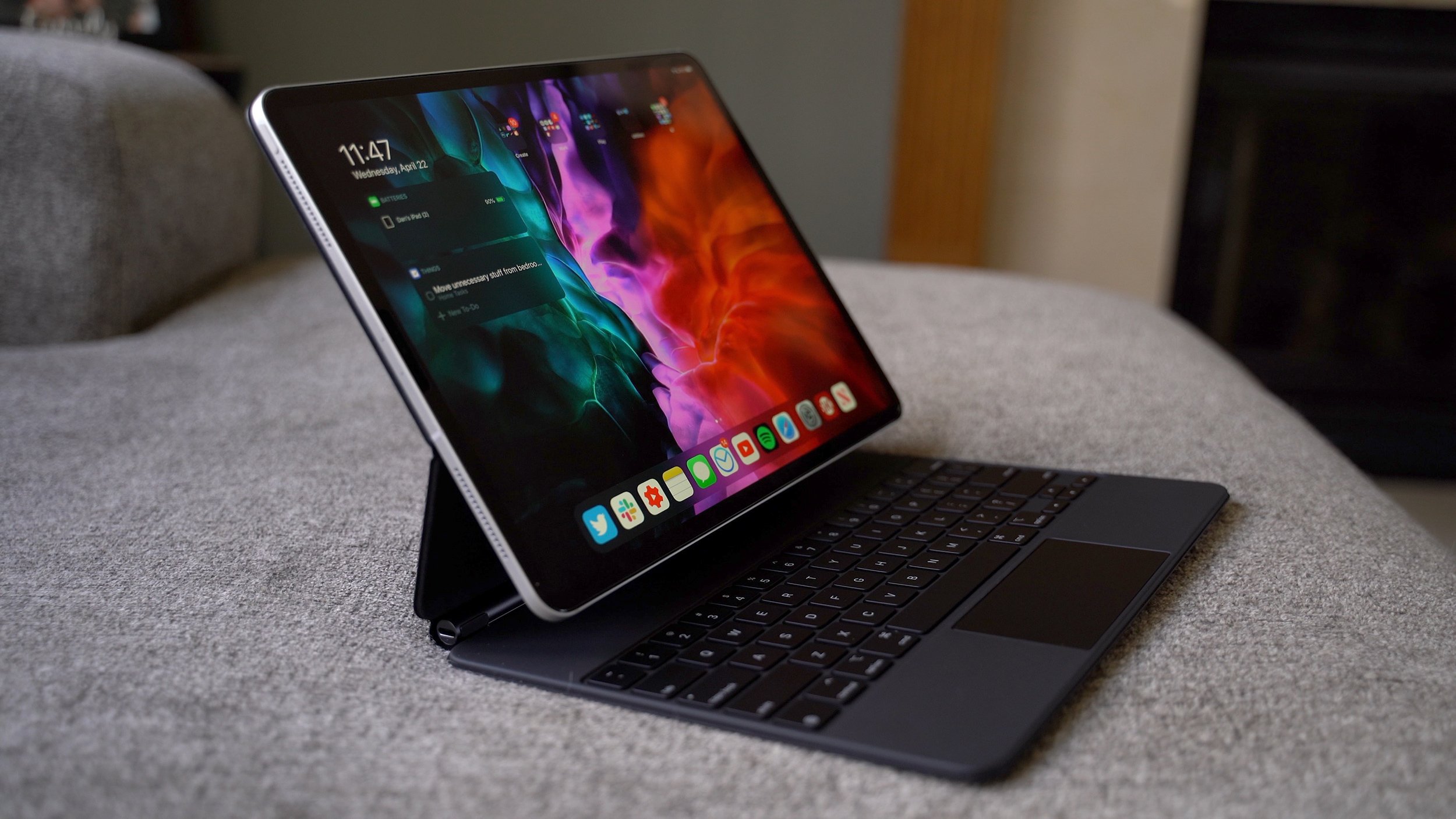
In a substantial leap forward in desktop computing technology, AMD has introduced its latest high-performance processor, the Ryzen 7 9800X3D, engineered specifically to enhance the gaming experience. This release comes on the heels of the company’s previous advancements, now incorporating an upgraded version of its 3D V-Cache technology in an architecture that marks a strategic move for AMD in the highly competitive gaming market. AMD’s goal is clear: to meet the growing demands of modern gamers and creators, who consistently seek peak performance, stability, and efficient cooling.
At the core of the Ryzen 7 9800X3D is AMD’s refined Zen 5 architecture, which is built to deliver superior processing speeds. The processor features eight high-performance cores and 16 threads, with a base clock speed of 4.7 GHz and a boost speed that can reach up to 5.2 GHz. This marks the highest clock speeds ever achieved in AMD’s X3D chiplets, which are already well-regarded within the gaming and technology communities for their robust capabilities. A major selling point of the Ryzen 7 9800X3D is its fully unlocked design, which gives enthusiasts the ability to push its limits further through overclocking—a feature that AMD fans have long requested. AMD has focused on catering to the demands of performance-focused users, responding to previous generations’ feedback by delivering this flexibility.
One of the most significant advancements of the Ryzen 7 9800X3D processor is the updated 3D V-Cache technology. Unlike its predecessor, this generation sees the 64MB of cache memory strategically relocated below the core complex die (CCD) instead of on top. This design change allows the processor to remain cooler during intense gaming sessions, as the proximity to the cooling solution facilitates more effective heat dissipation. AMD has leveraged this novel placement to allow for higher clock speeds and more aggressive overclocking capabilities, an advancement expected to appeal to both serious gamers and creators who often operate in heat-generating environments.
The Ryzen 7 9800X3D’s architectural refinements provide an average 8% increase in gaming performance over its previous generation, the Ryzen 7 7800X3D. Certain games benefit even further, experiencing up to a 26% performance increase, underscoring AMD’s intent to optimize performance for the most demanding gaming titles. This substantial generational uplift is expected to deliver not only higher average frame rates but also smoother performance across the board, including in the critical 1% low frame rates, which often contribute to noticeable stutter during gameplay. Such improvements are likely to enhance the overall gaming experience by providing stability in visual performance, even for graphically demanding titles like The Last of Us: Part I and Cyberpunk 2077.
With a total of 104MB cache memory, the Ryzen 7 9800X3D combines 96MB of L3 cache and 8MB of L2 cache. The processor’s components, produced by TSMC on 4nm and 6nm nodes, are designed to maximize efficiency and optimize data flow across the processor. Given these specs, the Ryzen 7 9800X3D aims to redefine benchmarks in gaming and productivity, providing the necessary power to handle data-intensive applications with ease. This strategic design underscores AMD’s intention to lead not only in raw performance but also in efficiency, particularly by balancing high clock speeds with a relatively modest 120W TDP, which reflects efficient energy consumption without compromising on speed.
The Ryzen 7 9800X3D is slated for release at a competitive price of $479, and it’s compatible with AM5 motherboards, an important consideration for consumers who seek long-term flexibility in their hardware investments. AMD’s pricing strategy highlights its competitive positioning in the market, particularly against rival products, including the Intel Core 9 Ultra 285K. Benchmark results released by AMD reveal that the Ryzen 7 9800X3D outperforms the Core 9 Ultra in many gaming applications, showing an impressive 20% increase in FPS performance on average. In particular, certain titles like Cyberpunk 2077 demonstrate a 59% advantage for the Ryzen processor, providing a compelling case for gamers who prioritize raw power and responsiveness.
Beyond individual performance metrics, AMD’s strategic partnerships with gaming studios have strengthened its foothold in the gaming ecosystem. The Ryzen 7 9800X3D has been crafted with support from game developers, allowing AMD to work closely with industry leaders to optimize performance for specific titles. By fostering these partnerships, AMD can integrate feedback directly from developers, further enhancing the processor’s ability to handle complex graphics and immersive environments. These collaborations provide AMD with a substantial competitive edge, as the company continues to deliver products tailored to the needs of both developers and end-users alike.
As AMD forges ahead in the high-performance desktop market, the Ryzen 7 9800X3D represents a critical step in solidifying its position. With its combination of innovative design, robust processing capabilities, and alignment with leading game development studios, the processor is poised to resonate with a broad range of users, from competitive gamers to creative professionals. This release underscores AMD’s dedication to pushing boundaries in computing performance, particularly within the demanding sphere of gaming, where the ability to handle high-speed data processing, enhanced cooling, and flexible overclocking has become a prerequisite for market success.
AMD’s Ryzen 7 9800X3D is set to raise industry standards for high-performance computing, marking another milestone in AMD’s ongoing commitment to innovation. By delivering a processor that not only meets but surpasses expectations in both performance and efficiency, AMD is positioning itself as a formidable leader in the next generation of gaming technology. The release of the Ryzen 7 9800X3D is likely to be closely watched, as consumers and industry observers await the impact of AMD’s latest innovation on the broader gaming and technology landscapes.












